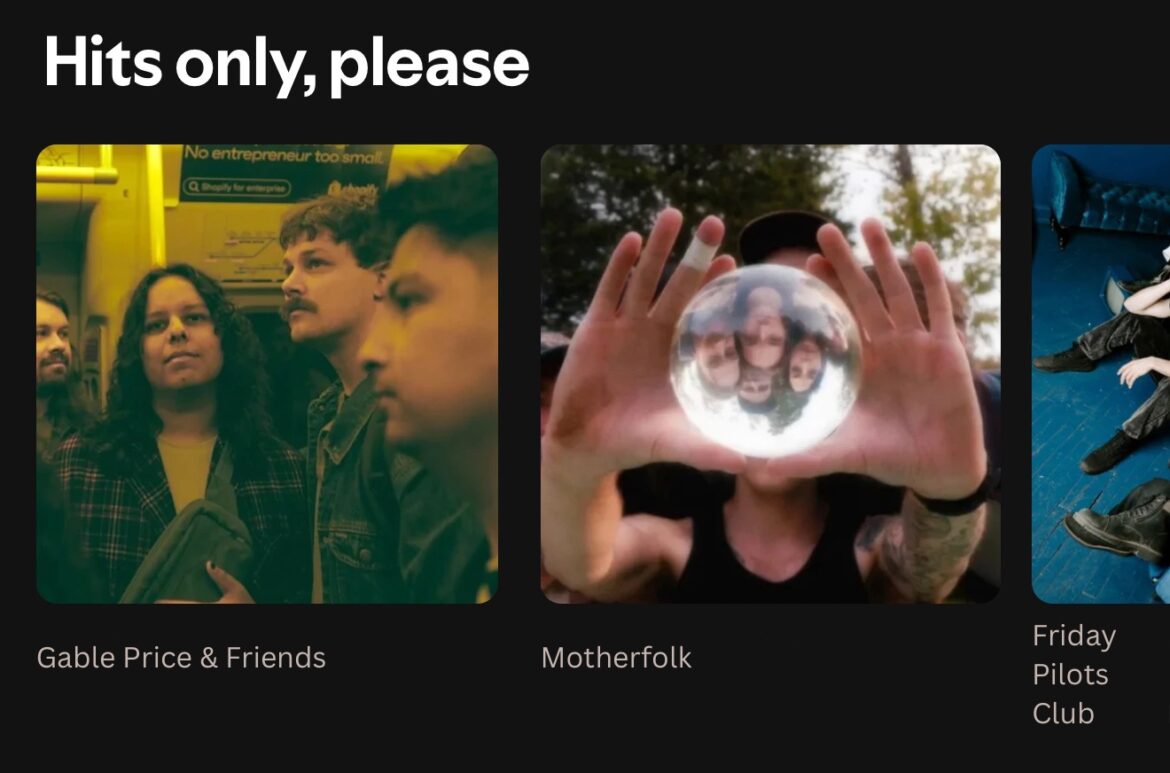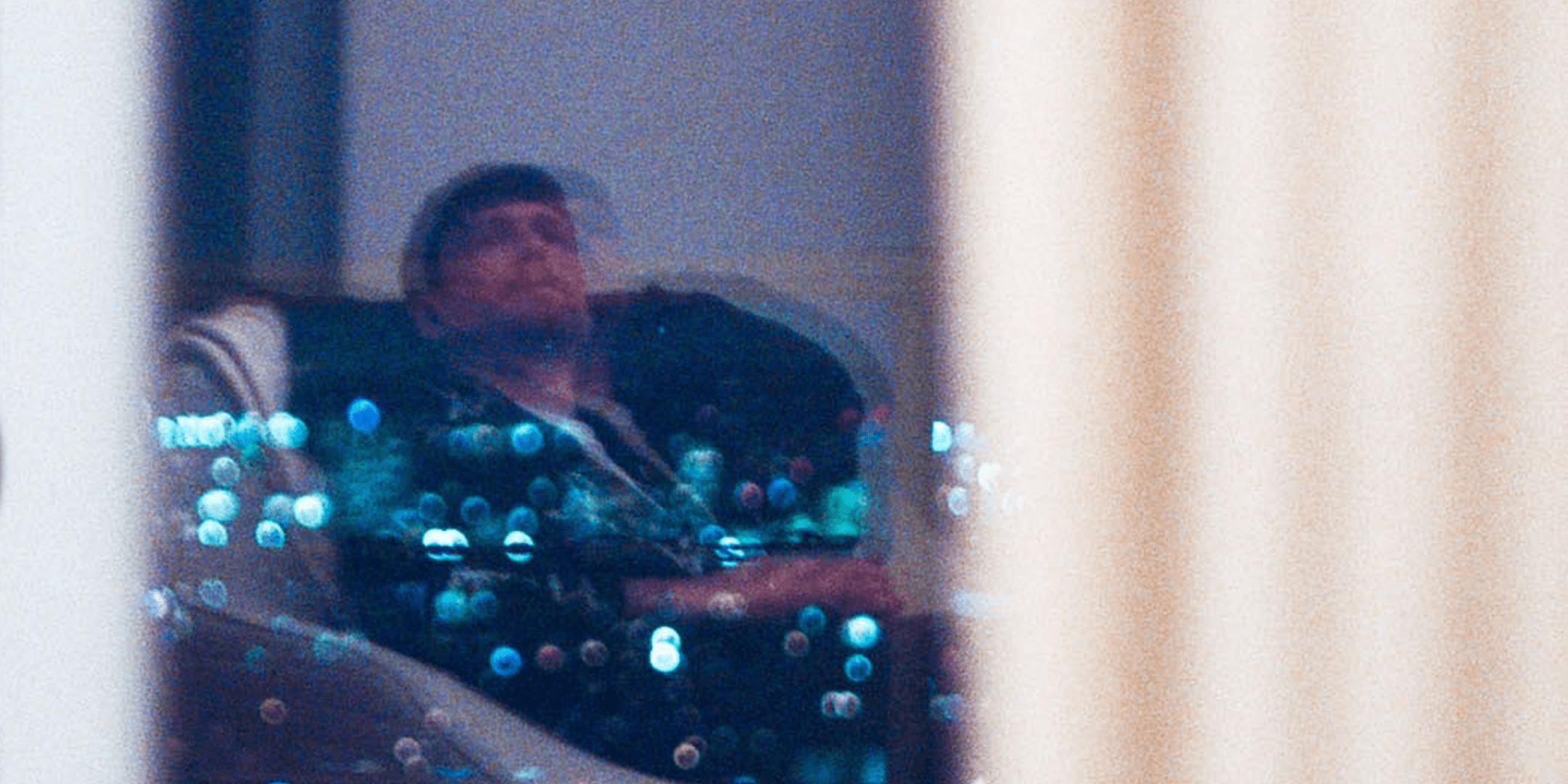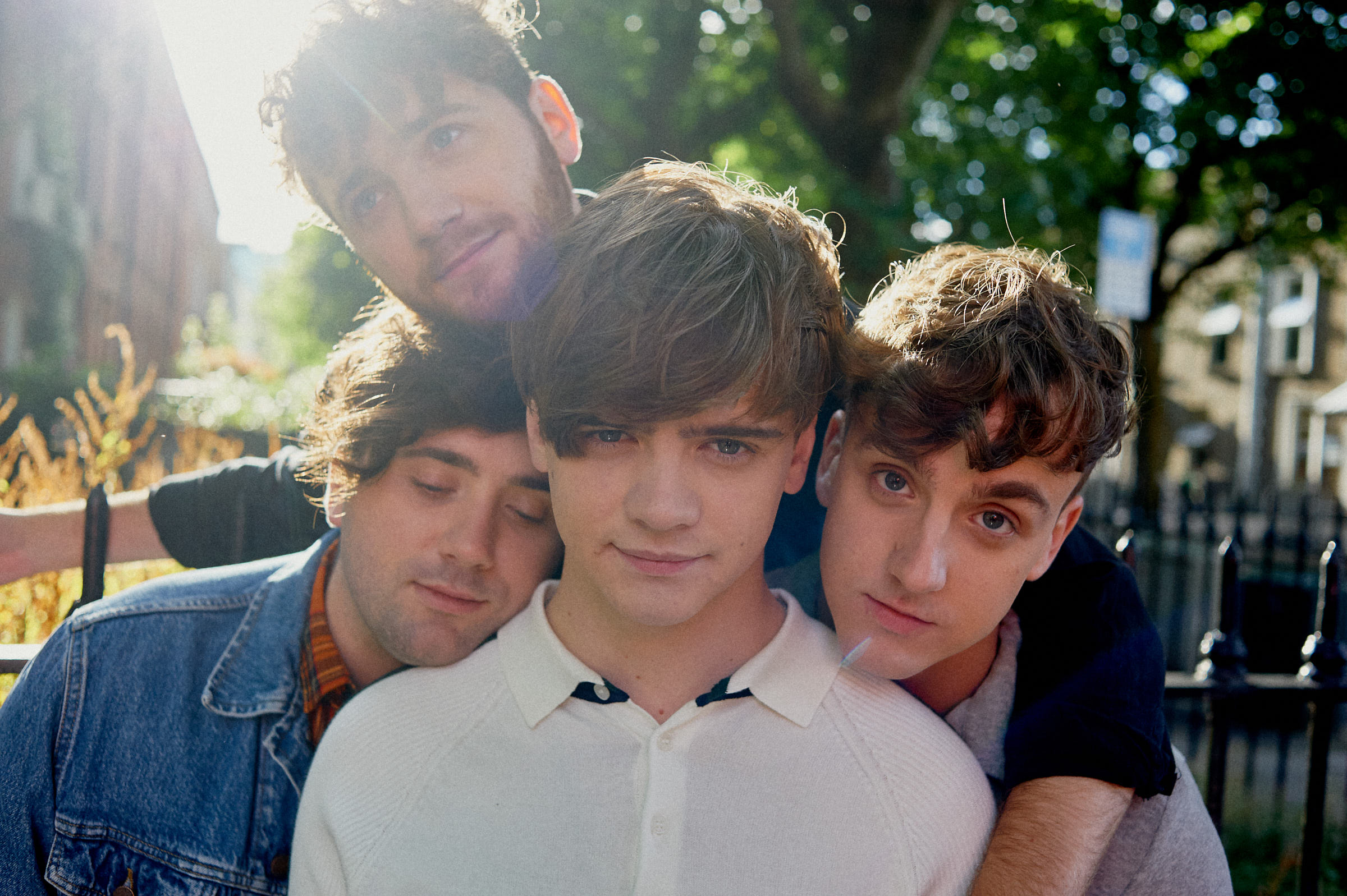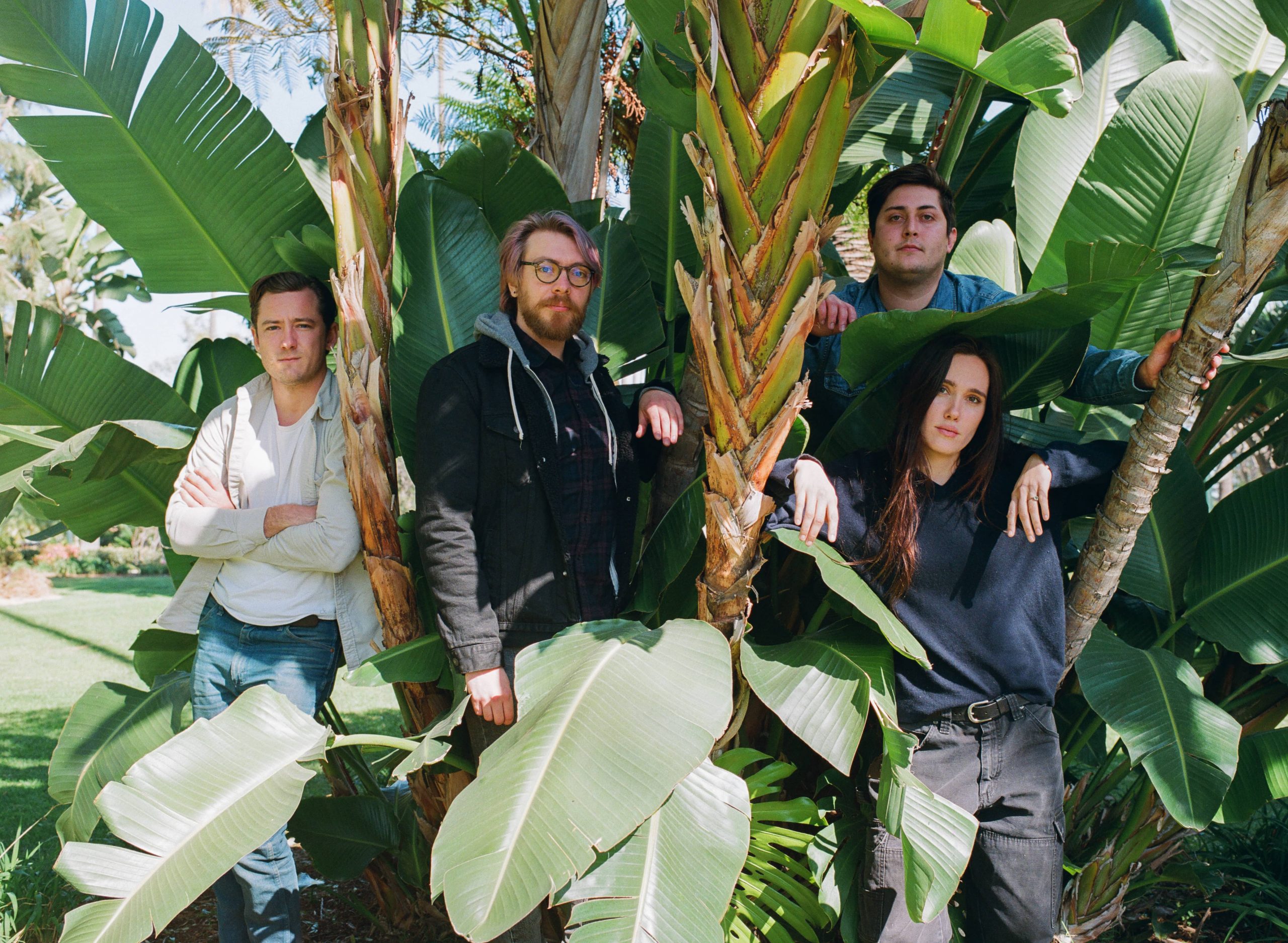This story uncovers how Spotify’s algorithms and payout system are quietly stacking the deck against new and emerging artists, making it difficult for them to “make it” in this streaming era.
by guest writer Alexes Church
Listening to music today is all about what streaming platform subscription people want to pay for monthly, in order to gain a wide range of music options, listen to new releases immediately, and continue to support their favorite artists.
What people do not know is that these streaming platforms are actually hurting new and upcoming artists, especially Spotify. These artists are the ones who want to share their music and emotions with the world but still have to sit in their room, looking out of the window because streaming platforms are hurting their ability to create and reach people with ease. There are many reasons in how Spotify in particular is hurting new musicians and artists, but this does not stop just at this platform. As music is continuing to develop, it is making it easier for people to release music; however, as technology continues to develop, it is making it harder for people to truly get recognized for their creative work.
According to an article by Bobby Owsinski, “of the 1.3 million artists added last year, 87.6% fell into the Undiscovered category, while 12.3% reached the Developing stage. Only .05% reach the Mid-Level stage or higher, meaning they ranked in the top 35,000 on the platform” (Owsinski, 2024). When people go on Spotify there is a good chance that it is not to go find the most unknown artist out on the platform, most of the time it is to go to their favorite artists such as Taylor Swift, Green Day, or Bob Marley – as people who constantly consume media, there is always a constant need to listen to things that bring positive emotions and attributions in their everyday lives.
What gets tricky for these new artists is that labels are searching and signing new artists based off of their Spotify stats – this includes items such as how big their audience is, how many streams they are gaining, and how long people are listening to a song on average. Labels are looking for people who are going to make them money, and those are people who are noticed already. Based off the style in which artists are working inside of labels are also focused on how often that style shows up on playlists and how their music is circulated throughout different listeners on a steaming platform (McCarty, 2020).
As mentioned earlier, as the technology is advancing and streaming platforms are continuing to grow, that means that other forms of revenue in the music industry are not as popular as they once were. In a study done in 2022 “streaming continued to account for a large majority of recorded music revenues in 2022. Paid subscriptions, ad-supported services, digital and customized radio, social media platforms, digital fitness apps and others grew 7% to a record high $13.3 billion in revenue” (Friedlander & Bass, 2022). This compares to physical media only contributing 11% of total revenue against streaming’s 84% (Friedlander & Bass, 2022). With so many people now using and subscribing to streaming platforms such as Spotify, listeners now do not feel the need to buy physical CDs or spend money in other ways to access the music they are listening to.
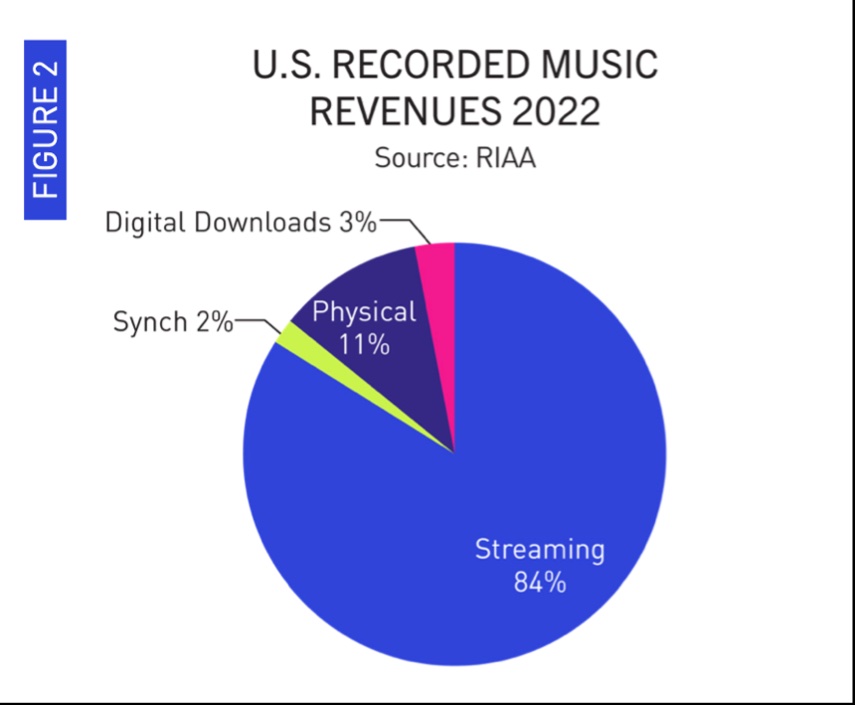
Spotify uses particular algorithms in order to make sure that people are getting to listen to artists they care about and “discover” new artists, at least that is what everyone hoped that these algorithms would accomplish.
Spotify has used and continues to develop their AI system, which is called “Bandits for Recommendations as Treatments” or BART for short. The job of BART is to keep listeners interested and get them to continue to come back time and time again (“How Does Spotify’s Algorithm Work? Streaming Hacks for Musicians,” 2025). This particular system relies on recognizing three main things – Natural Language Processing, Raw Audio Analyzation, and Collaborative Filtering. Natural Language Processing focuses on the analysis of the language or lyrics and content of a song, Raw Audio Analyzation detects the emotion that a song evokes in the listener, and Collaborative Filtering compares new songs to what current listeners are listening to and what it believes they will like based on their streams (“How Does Spotify’s Algorithm Work? Streaming Hacks for Musicians,” 2025).
In an article that was written on Spotify for Artists, Spotify stated that one of the ways that they count streams is that it is “counted when someone listens for 30 seconds or more” (“How we count streams,” n.d.). Now this relates to the algorithm in a lot of important ways. The algorithm goes back to finding positive ticks on their stats and this includes “if a listener gets past the 30 second mark of your track – that’s a positive bit of data. Plus, that’s the point at which a stream is monetized” (“How Does Spotify’s Algorithm Work? Streaming Hacks for Musicians,” 2025). The reason why this can hurt new artists is because those new artists are the ones who are experimenting on what their audience would want to listen to whereas mainstream artists already have an established sound; to the point where even if the first 30 seconds are boring or rough, their listeners will still listen through in order to support that artist.
A new artist getting their music on a listener’s Release Radar or Discover Weekly is vital for their success on Spotify.
These two algorithmic playlists are tied to each user’s listening habits. The “Release Radar is entirely based on your followers. If someone follows your Spotify profile, your new music will appear on their release radar. Discover Weekly is a little more complicated. It’s mainly based on music taste, habits and analyzing other playlists across the platform” (“How Does Spotify’s Algorithm Work? Streaming Hacks for Musicians,” 2025). The issue with the way that these algorithmic playlists function today is that they push more popular or mainstream artists where in the past it used to be they pushed undiscovered artist out to listeners.
The harder that Spotify works to improve its algorithms, the harder that it is becoming financially on new artists. Spotify never signs directly with artists, instead artists have to go through a label or a distributor to get their music onto platforms. “Spotify pays artists an estimated $0.003 to $0.005 per stream. The exact amount varies based on factors like the listener’s country, subscription tier (free or premium), and specific agreements between the artists and labels or distributors” (Mucenieks, 2024). In order for artists to make even a decent amount of money from their craft, they have to receive millions of streams. This is not a typical thing that happens for new artists based on the way in which the algorithms work.
The reason that this number is so low is because “instead of divvying up a given listener’s $10 per month to the artists he or she streamed (excluding Spotify’s roughly 30 percent cut), the subscription money is put into a collective pool that is distributed by aggregated play counts across the platform” (Luckerson, 2019). These new artists are going up against the algorithms that are pushing Taylor Swift, Sabrina Carpenter, Harry Styles, and many other big names which makes it more difficult for them to make money; new artists are usually left with the remains of the money where mainstream artists are getting a majority since they are being pushed by the algorithm.
This is not to tell people to delete Spotify or cancel your premium account.
Rather, this article is here to make it known that new and undiscovered artists, who care about their work, are struggling to “make it” on Spotify due to the steps that them and other streaming platforms have in place for artists and distributors.
Next time you turn Spotify on in your car on your way to work, in the gym, while cooking a delicious dinner, or wanting to live out your music video dreams, look for artists you may not have heard of yet and fall in love with music all over again. Find a beat that makes your feet want to get up and boogey, or lyrics that have you staring out of a window as if you are in a coming-of-age movie and support these small artists
Who knows?! With the help of your listening, these artists could become the next big thing and be able to continue to make music that resonates with the world.
* * *
Alexes Church is a passionate writer who enjoys exploring new music and artists. Outside of writing she lives off of board games and playing drums. You can usually find her sipping on a Red Bull or cup of coffee.
* * * *
Connect to us on
Facebook, Twitter, Instagram
Discover new music on Atwood Magazine
* *
Disclaimer: Atwood Magazine is a publication dedicated to celebrating fresh voices in music, culture, and the arts. The views and opinions expressed in our articles, reviews, and interviews are those of the individual writers and do not necessarily reflect the opinions of Atwood Magazine as a whole.
References
Friedlander, J. P., & Bass, M. (2022). Year-End 2022 RIAA Revenue Statistics. RIAA. https://www.riaa.com/wp-content/uploads/2023/03/2022-Year-End-Music-Industry-Revenue-Report.pdf
How Does Spotify’s Algorithm Work? Streaming Hacks for Musicians. Ditto Music. (2025, January 9). https://dittomusic.com/en/blog/how-does-spotifys-algorithm-work-streaming-hacks-for-musicians
How we count streams. Spotify. (n.d.). https://support.spotify.com/us/artists/article/how-we-count-streams/
Luckerson, V. (2019, January 16). Is Spotify’s Model Wiping Out Music’s Middle Class? The Ringer. https://www.theringer.com/2019/01/16/tech/spotify-music-streaming-service-royalty-payout-model
McCarty, T. (2020, May 25). What Are Record Labels Looking For On The First Look?. Heat On The Street. https://www.heatonthestreet.com/record-labels-looking-first-look/
Mucenieks, A. (2024, December 20). How Much Do Artists Make on Spotify in 2025. Printify. https://printify.com/blog/how-do-artists-make-money-on-spotify/
Owsinski, B. (2024, February 14). Now We Know Exactly How Difficult It Is To Make It In The Music Business. Bobby Owsinski Music 3.0 Music Industry Blog. https://music3point0.com/2024/02/14/now-we-know-exactly-how-difficult-it-is-to-make-it-in-the-music-business/

